PlanFull Day
Uncover the rich history and cultural heritage of Dazaifu through its shrines, temples, and museums


Dazaifu Tenmangu has been a major site of worship for more than 1,100 years, and the city of Dazaifu was once a grand capital that governed trade with the Asian continent. To visit Dazaifu's shrines, temples, and museums is to uncover the city's rich history and cultural heritage.


Start
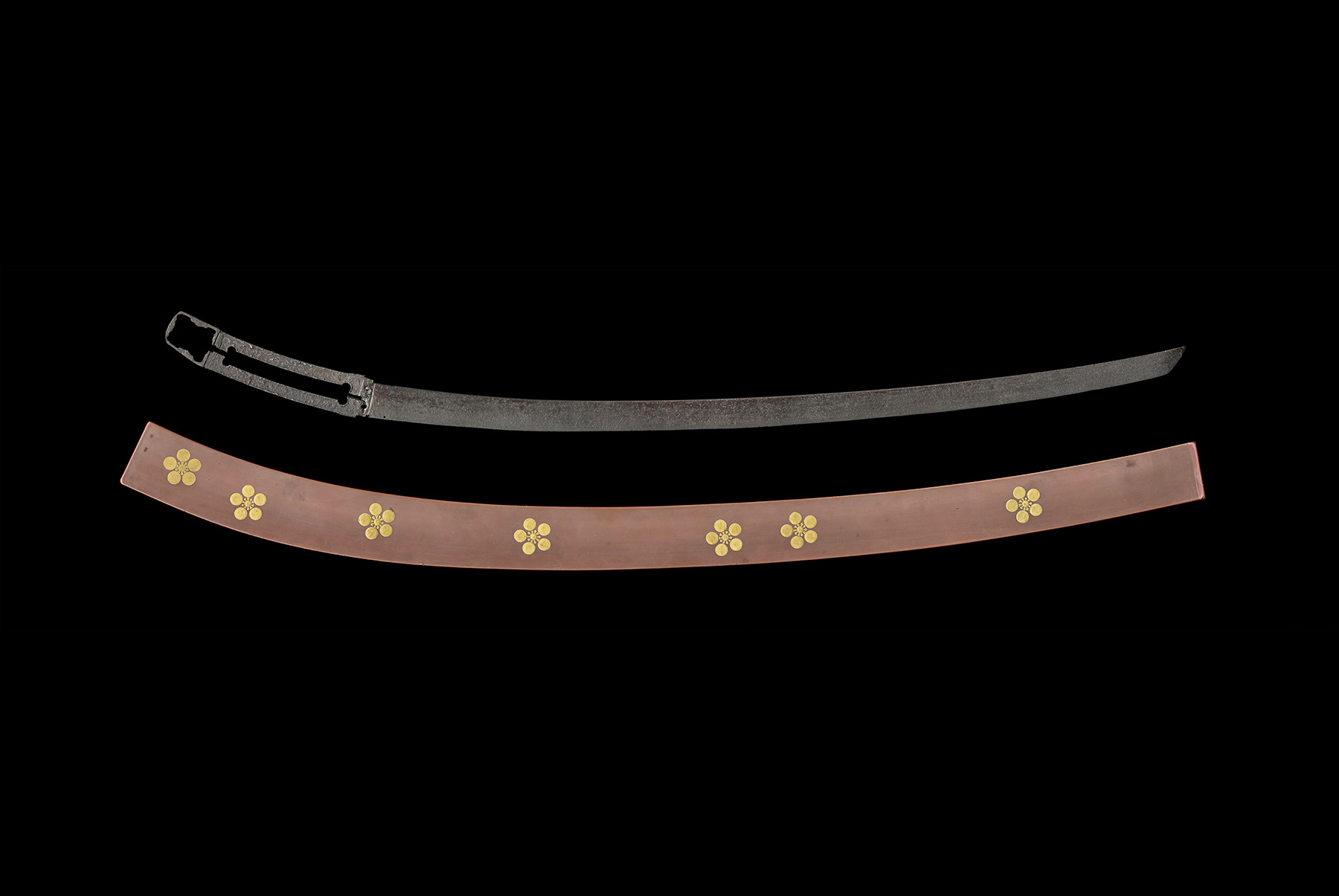
Learn about Sugawara Michizane
Begin your journey into the past at Dazaifu Tenmangu Shrine, where Sugawara Michizane (845–903)
is enshrined. Sugawara Michizane was one of the nation's greatest minds and made invaluable
contributions to early Japanese culture and society. At the Dazaifu Tenmangu Museum, you can
learn about Sugawara Michizane, from his life to his deification as Tenjin, the deity of learning,
culture, and the arts. Exhibits include donated artworks, historical documents, and other
artifacts such as samurai armor and the sword once carried by Sugawara.
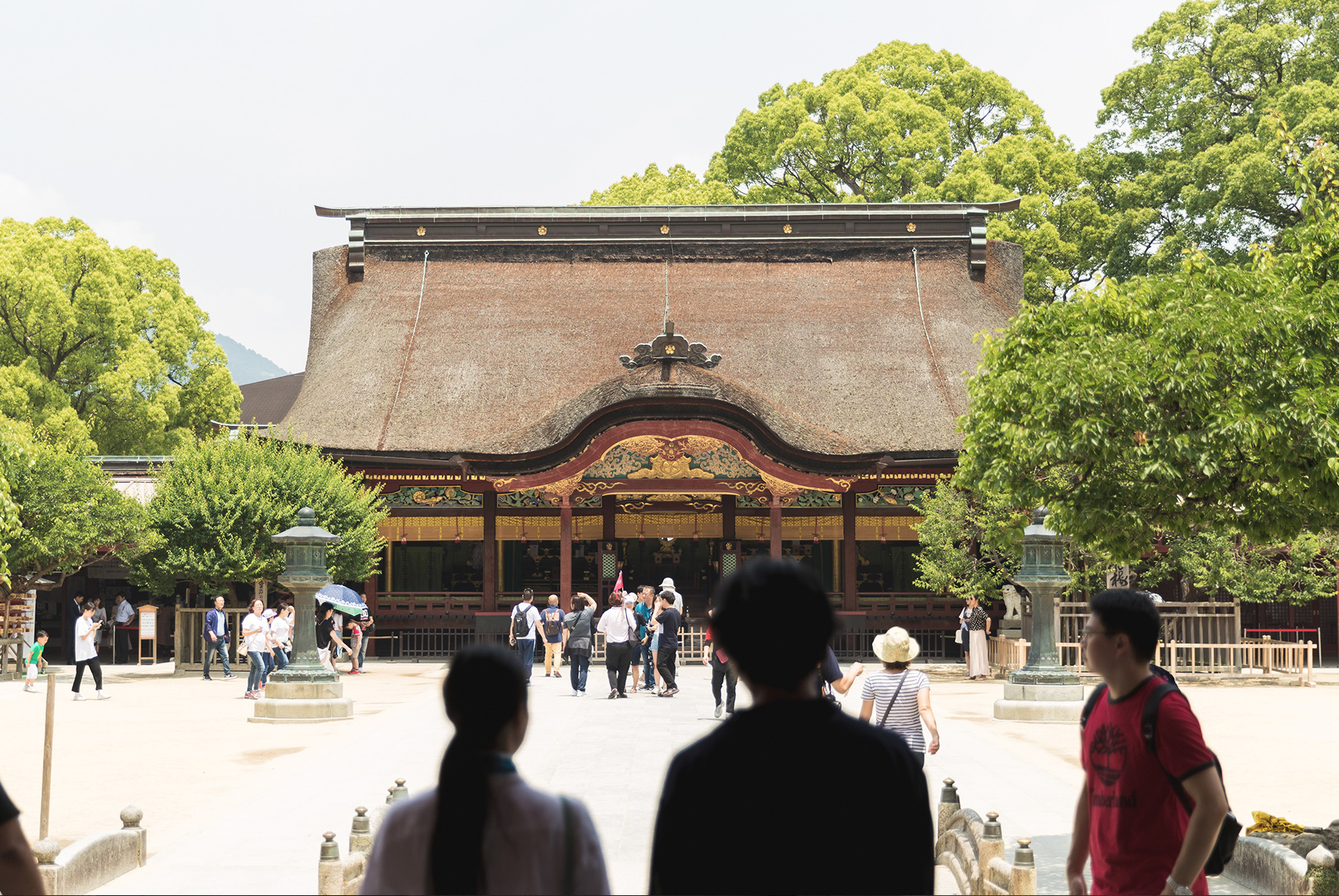
Visit the sacred honden
After learning about Sugawara, head to the honden, or main sanctuary. It is a beautiful hall of
worship that enshrines Sugawara and stands where he was laid to rest. This hall is the most
sacred place within the shrine grounds. The current structure is more than 400 years old. You
may offer a prayer to Sugawara from in front of the honden. As he is worshipped as the deity of
learning, many visitors pray to him for success in upcoming exams and academic endeavors.


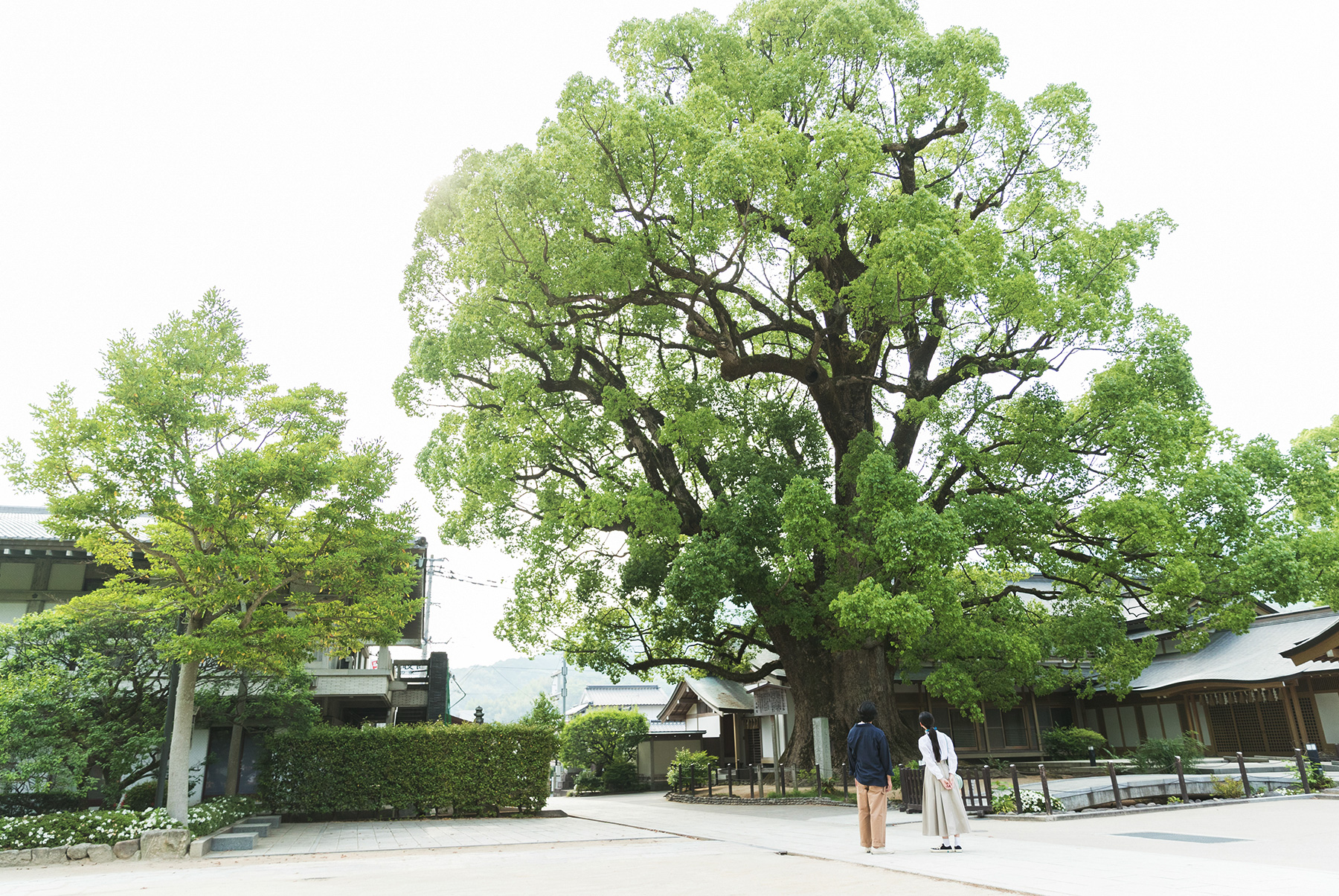
Encounter ancient camphor trees
Dazaifu Tenmangu has a history of more than 1,100 years, but several of the camphor trees in the
grounds are even older. The giant camphor to the left of the honden is estimated to be around
1,500 years old. This tree and the many other camphors watch over the shrine as they have done
for more than a millennium, energizing the grounds in spring and providing welcome shade in the
hot months of summer.


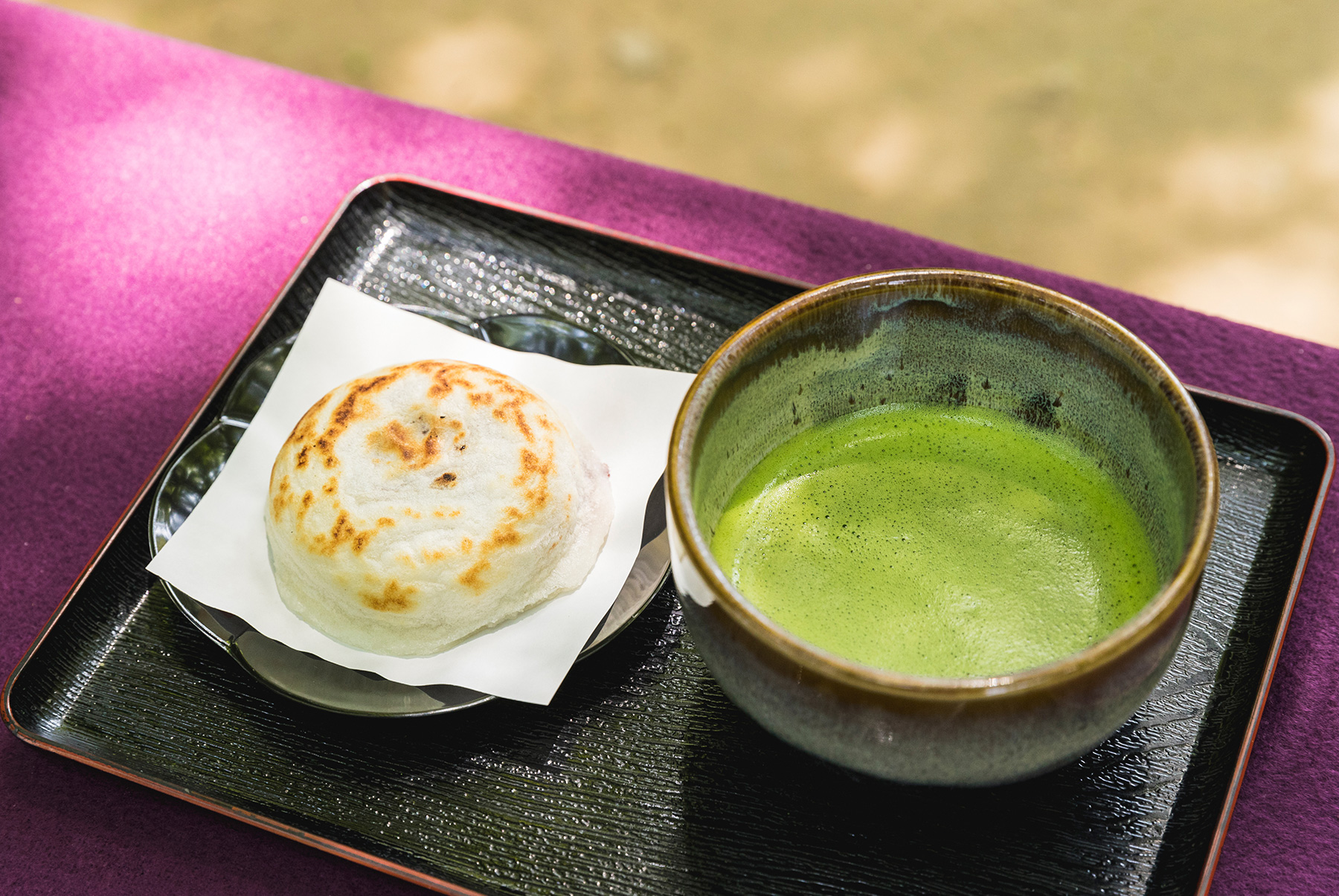
Taste a traditional sweet
Plum blossom is a symbol of Sugawara Michizane and Dazaifu Tenmangu. You will find plum trees
throughout the shrine grounds and plum blossom motifs on almost everything in and around the
shrine, including on umegaemochi, a red-bean filled rice cake, documented to have been eaten by
Sugawara in his later years in Dazaifu. You can enjoy this traditional snack at teahouses in the
plum grove behind the honden and along the approach to Dazaifu Tenmangu.
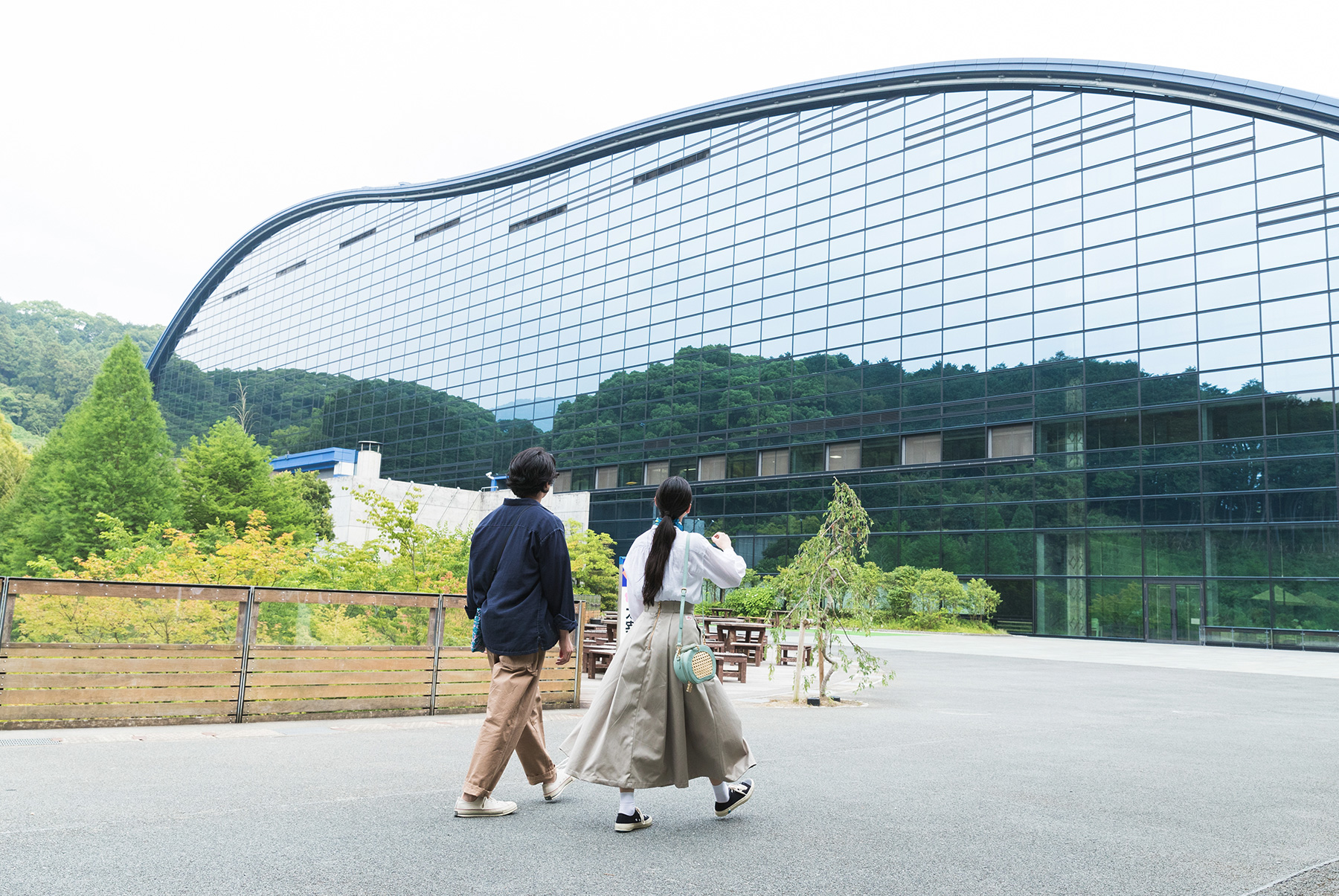
Uncover the history of Dazaifu and Japan
Learn about Dazaifu's history as a grand regional capital and center of trade at the Kyushu
National Museum. The museum's exhibits explain the development of Japanese culture against the
backdrop of Asian history, with particular attention given to Dazaifu's heritage as the gateway
between Japan and Asia from the late-seventh to late-twelfth century. The museum is one of four
national museums in Japan and accessible via a walkway through the grounds of Dazaifu
Tenmangu.


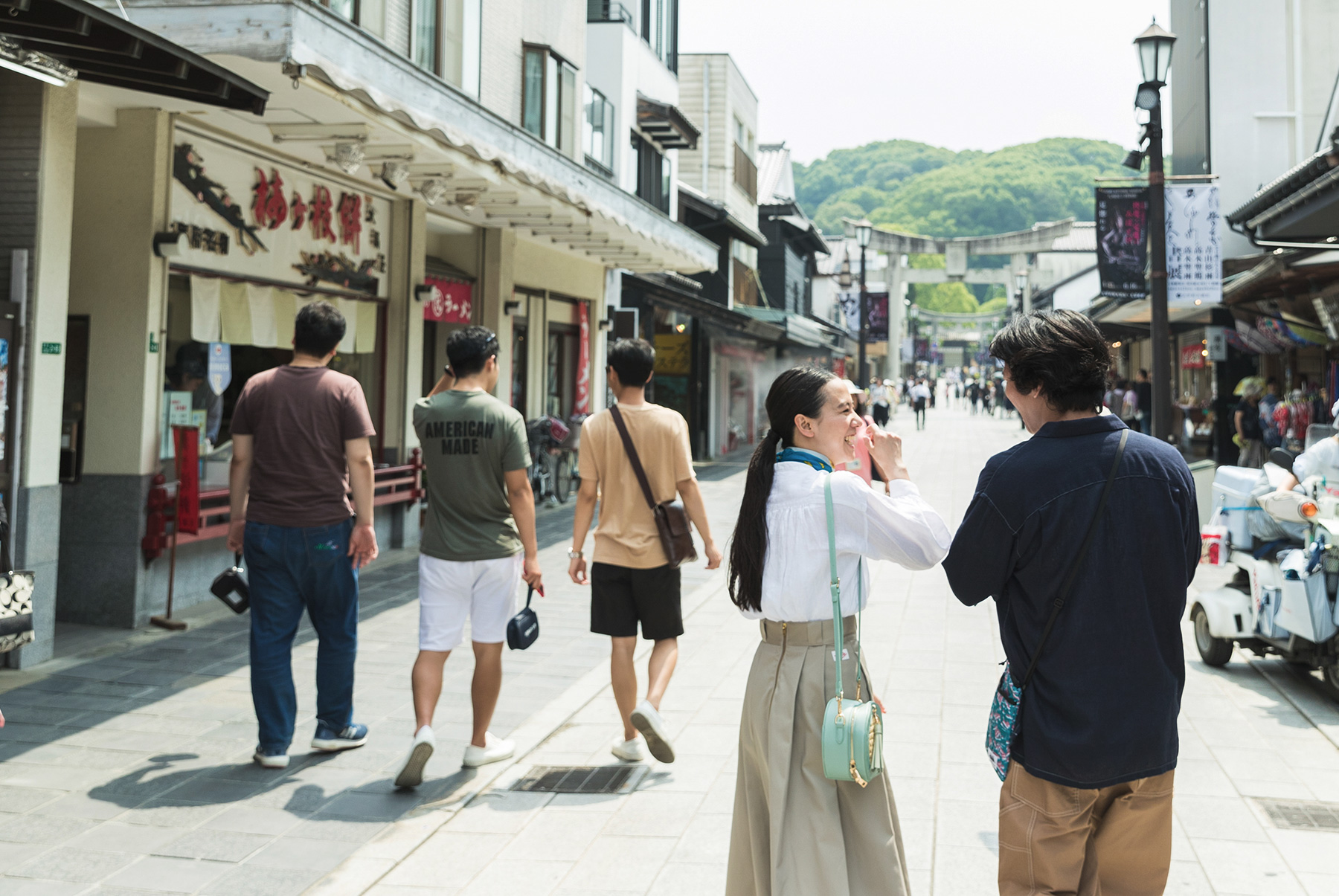
Browse the shops and teahouses of Monzenmachi
Dazaifu Tenmangu has always been an important site of worship, but its popularity reached new
levels during the Edo period (1603–1867). Visitor numbers to Dazaifu Tenmangu and the
surrounding historic sites of Dazaifu increased significantly during this time. And, as visitor
numbers increased, shops and inns opened up along Monzenmachi, the street leading up to the
shrine. The shops and businesses may have changed, but you can still find traces of old Japan in
the fronts of buildings and on the menus of teahouses. The approach to Dazaifu Tenmangu is a
good place to break for food and refreshments.


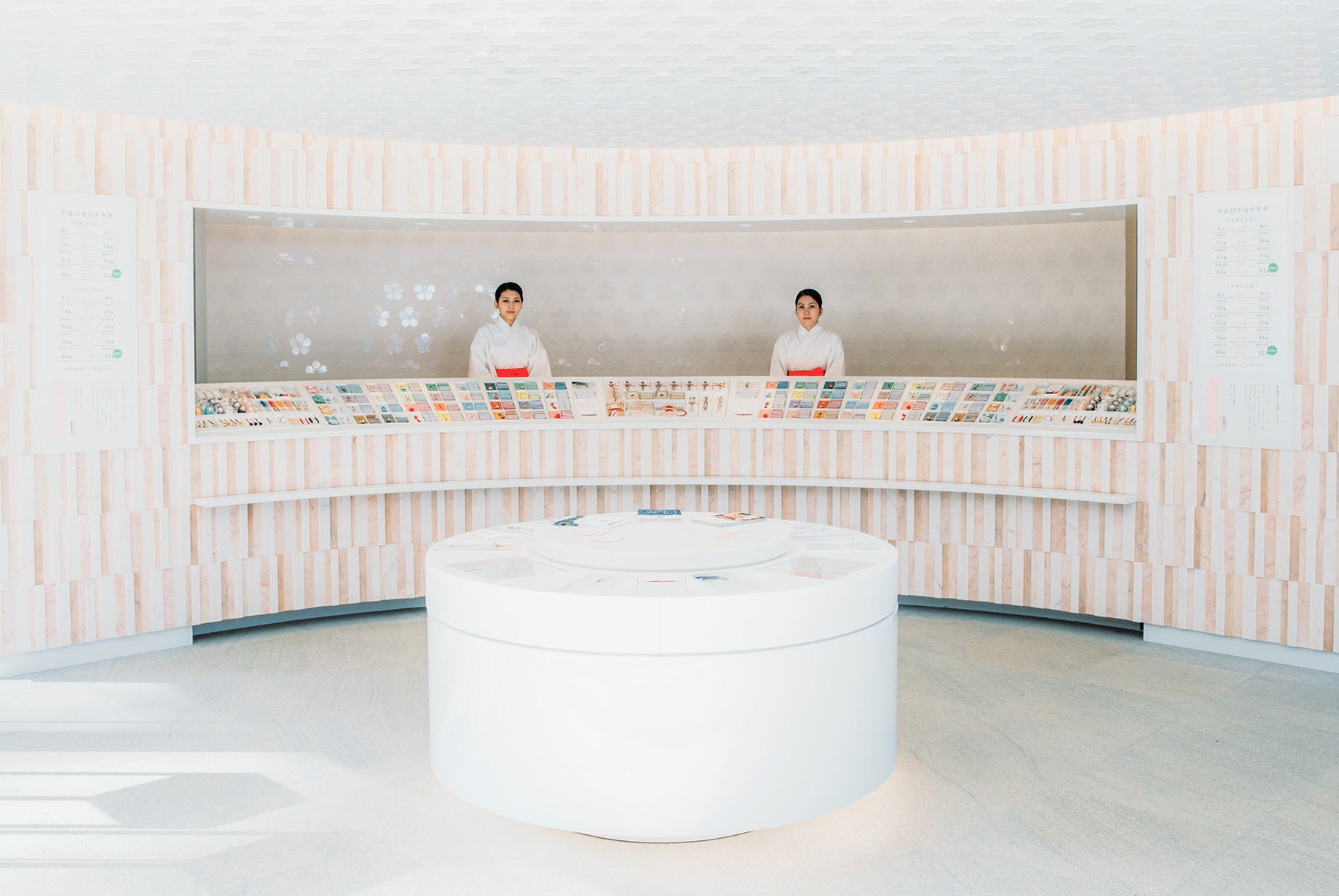
Explora a mountainside shrine
Visit Kamado Shrine for a comparison with Dazaifu Tenmangu. While the Tenmangu is a vibrant, airy
shrine set among vast manicured grounds, Kamado is a very quiet, tranquil shrine set among
cedars on the mountainside of nearby Mount Homan. The mountain itself has been an object of
worship and a site for ascetic training since ancient times. Buses run to Kamado Shrine from the
Miyamae stop near Dazaifu Tenmangu, and the journey takes 10 minutes. You can also take a taxi
from Dazaifu Station.

Discover the treasures of an ancient temple
Kanzeonji Temple is a walkable 20 minutes from Dazaifu Tenmangu. It was once a very grand and
very important temple complex, founded in the seventh century when Dazaifu was a major political
center and the gateway to Asia. Today, the temple complex is reduced to the main hall, treasure
house, and belfry. The bell in the belfry is a designated National Treasure and one of Japan's
oldest. Of equal cultural value are the Buddhist statues exhibited in the treasure house. The
collection features statues from the Heian (794–1185) and Kamakura (1185–1333) periods, of
varying shapes and sizes—the tallest being more than two meters.

